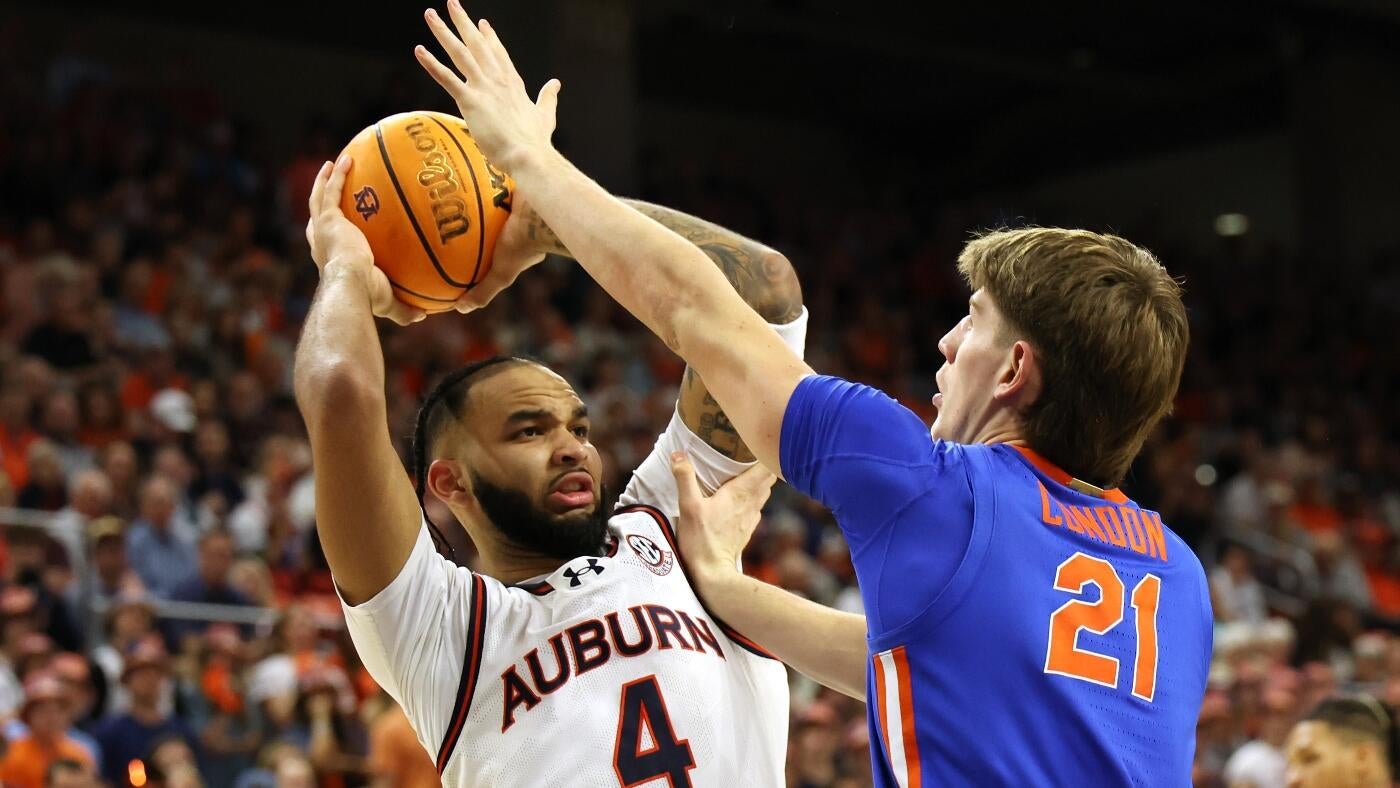TAMPA, Fla. — As college basketball fans prepare for the chalkiest semifinals in NCAA basketball history, a question hangs over the men’s Final Four in San Antonio, Texas, and the women’s Final Four at Amalie Arena.
Have the transfer portal and name, image and likeness compensation killed Cinderella?
Our answer: Probably not. Chalk isn’t permanent marker.
The concern is justified after both tournaments featured few shocking losses. The lack of parity was most pronounced on the men’s side, where all four semifinalists (Auburn, Duke, Florida and Houston) are No. 1 seeds for the first time since 2008 and the second time ever.
“People talk about the same schools in the (men’s) Final Four, seems like every year,” UConn women’s basketball coach Geno Auriemma said Thursday.
His game’s bracket isn’t much better. Three women’s semifinalists (South Carolina, Texas and UCLA) are top seeds. The lone exception is nobody’s underdog — Auriemma’s 11-time national champions, No. 2 seed UConn.
If mid-majors are becoming feeder programs for the richest heavyweights, the argument goes, deep tournament runs become harder for the next George Mason, Butler or VCU in the men’s game, and they’re even more unlikely for women.
For the first time since 2008, the Men’s NCAA Tournament Final Four features all No. 1 seeds.#MarchMadnesspic.twitter.com/6yRbBw7ddR
— The Athletic (@TheAthletic) March 30, 2025
History might disagree. Auriemma lived through this a decade ago. As his Huskies prepared for a Final Four of all top seeds in this same city, he highlighted the blue-blood men’s field of Duke, Kentucky, Michigan State and Wisconsin.
“Those guys hardly ever get to the Final Four,” Auriemma said sarcastically.
Parity comes and goes. If Cinderellas didn’t disappear a decade ago, they might not be endangered now.
Though this season’s top-heavy results are extreme, they’re not outlandish. San Antonio’s four previous men’s Final Fours had one true Cinderella, No. 11 seed Loyola in 2018. No other team was seeded worse than third. The only mid-major programs were Utah from the WAC in 1998 and Conference USA’s Memphis a decade later.
The women’s Final Four history is similar. In four events in Tampa (including this year), no program was seeded worse than second. Since 2002, nine semifinals have featured all No. 1 seeds or three No. 1 seeds and a No. 2.
Some Sundays, the selection committees simply get the seeding right. Some seasons, the favorites keep winning. And three-time All-American Chiney Ogwumike is fine with that.
“A lot of times, people watch March Madness for those Cinderellas and all those types of things,” said Ogwumike, an ESPN analyst who played in three women’s Final Fours at Stanford between 2010-2014. “But at its core, you want to reward the best teams that have been there all year long.”
Especially if those teams are not the usual suspects. Though South Carolina and UConn are perennial contenders in the women’s Final Four, Texas hasn’t been to this stage since 2003. UCLA has never been this far in the tournament’s current format. Last year, No. 3 seed North Carolina State made the women’s semifinals for the first time this century.
After 22 years, @TexasWBB is going back to the #WFinalFour ‼️
Save Story Topics in this Story





